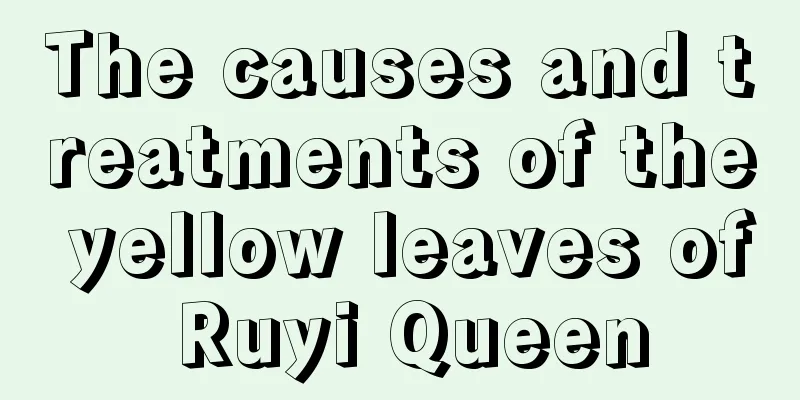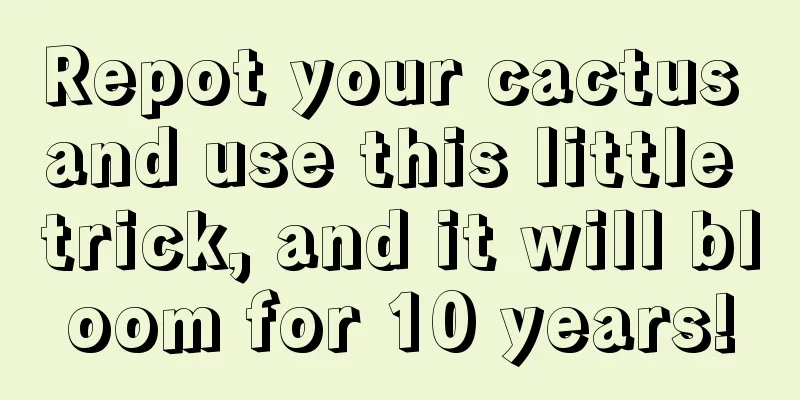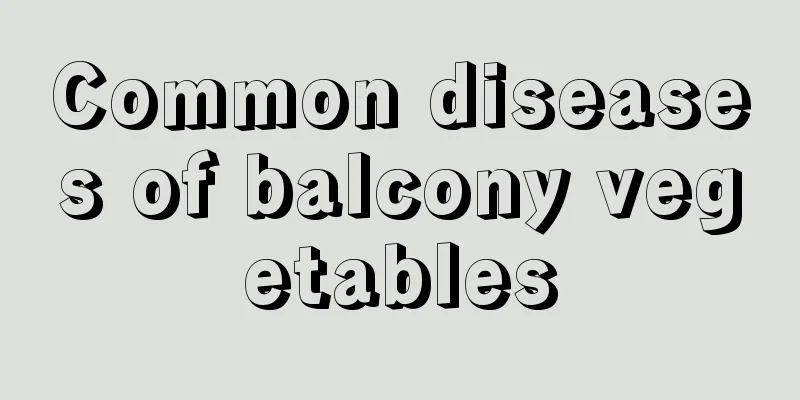Wheat field management measures in March

|
As March approaches, wheat in many planting areas has entered the jointing stage. Many farmers have managed the wheat by watering and applying fertilizer to promote the rapid greening of wheat. Let’s talk about the field management measures for wheat in March. 1. Weeding The time is during the greening period of wheat - the rising period, and it is strictly forbidden to use pesticides after jointing. When using pesticides, choose appropriate herbicides according to the local weed species and strictly follow the instructions for use. Do not miss any spots or overspray, and do not pour the remaining pesticide liquid on the farmland. 2. Watering and fertilizing After wheat enters the jointing stage, it is also a critical period for water and fertilizer needs. Therefore, if drought occurs in the field, the wheat turns yellow, and the growth is weak, attention should be paid to irrigation, watering, and topdressing. Especially when the local soil cracks and there has been no effective rainfall for a long time, water should be replenished and irrigation should be carried out in time. Some farmers may ask, if water has been applied during the greening period, is it necessary to apply water during the jointing period? Whether to water or not depends on the soil moisture conditions in the field. If the soil is still relatively dry during the jointing stage after watering, then watering is needed again. The same applies to topdressing. If urea has been applied during the greening period, but the amount is not much, and the growth of wheat is not ideal after entering the jointing stage, then topdressing is needed again. In short, whether wheat needs to be fertilized and watered during the jointing stage depends on the specific wheat in different plots. 3. Disease prevention and control After wheat enters the jointing stage, diseases in the field begin to spread, such as stripe rust and sheath blight. Therefore, farmers should take corresponding control and prevention measures (mainly through chemical control methods). For stripe rust, commonly used agents include 250 g/L tebuconazole emulsion 30 ml/mu, 30% fluphenazine suspension 20-25 ml/mu, 12.5% diniconazole wettable powder 30-50 g/mu, 250 g/L propiconazole emulsifiable concentrate 33 ml/mu, 25% triadimefon wettable powder 50-60 g/mu, etc.; commonly used agents for sheath blight include 12.5% diniconazole wettable powder, 15-20 ml per mu, 250 g/L propiconazole emulsifiable concentrate, 45-60 g per mu, 10% hexaconazole suspension, 30-40 ml per mu, jinggangmycin, etc. Depending on the prevention and control situation, multiple sprayings can be made at intervals of 7-10 days. 4. Pest control After wheat enters the jointing stage, the main insect pests are red spider mites, aphids, etc. These two pests are difficult to control and cause great harm due to their high density, small size, and easy occurrence on the back. For aphids, commonly used control agents include 5% acetamiprid emulsifiable concentrate 30-40 ml/mu, 70% imidacloprid water-dispersible granules 2-4 g/mu, 5% highly effective chlorfenapyr emulsifiable concentrate 10-14 ml/mu, 25% thiamethoxam water-dispersible granules 8-10 g/mu, 25% pymetrozine wettable powder 16-20 g/mu, etc.; for wheat red spider mites, commonly used agents include cypermethrin, abamectin, cypermethrin, chlorpyrifos, etc. 5. Pay attention to late spring cold After late March, although the temperature gradually rises, we still need to guard against the occurrence of late spring cold snaps. We must do a good job of preventing late spring cold snaps. Commonly used methods include watering, fertilizing, spraying foliar fertilizers , and preventing and controlling diseases and pests. The purpose is to promote normal growth of wheat and improve its own resistance. That’s it |
<<: Can lucky bamboo be grown in soil? Introduction to soil growing methods
Recommend
Can lucky bamboo be grown in soil?
Can lucky bamboo be grown in soil? The lucky bamb...
How many years does it take for wolfberry trees to bear fruit?
Introduction to Planting Wolfberry Trees When the...
How to plant oranges
1. Prepare the soil When planting oranges in pots...
Planting method of marigold seeds and planting time and precautions
Harvesting marigold seeds The best time to harves...
Common breeding methods of Silver Queen
Cutting propagation method of Silver Queen After ...
Common Pests of Ginkgo and Their Control
Common pests of ginkgo: Ginkgo moth harm In sever...
How often should I water the double-line arrowroot?
1. Watering time There are different times for wa...
Cultivation method of fragrant wood potted plants
1. Soil It is best to use loose and well-drained ...
Can asparagus fern recover after turning yellow? Can it turn green again after turning yellow?
1. Can it be restored to green? If the maintenanc...
The difference between cat's eye grass and cat's ear grass
1. Differences in plants The cat's eye grass ...
What are the methods of propagating Asparagus
Seed propagation of Asparagus cochinchinensis Asp...
Passion fruit costs 20 yuan per pound. You can grow it with just one seed, and you will have so many fruits that you can’t eat them all!
How to grow passion fruit from seeds? 1. First, p...
Northeast Peanut Planting Time and Method
Northeast Peanut Planting Time When sowing Northe...
The meaning of roses
The meaning of roses Roses symbolize eternal love...
The difference between Calla Lily and Dripping Guanyin
1. Calla Lily It belongs to the Araceae family an...









